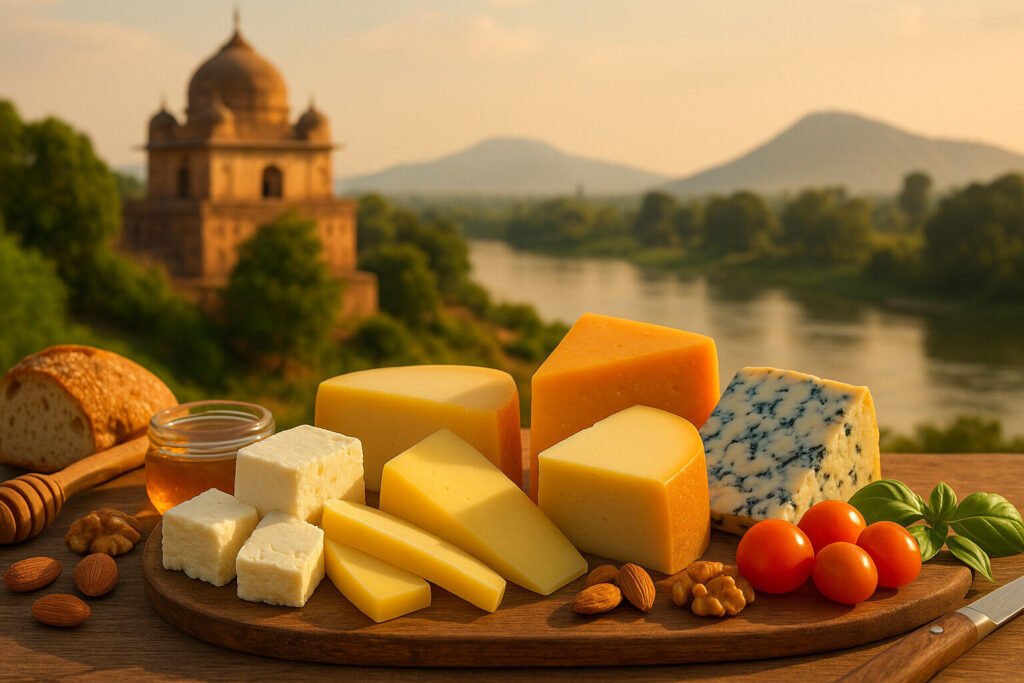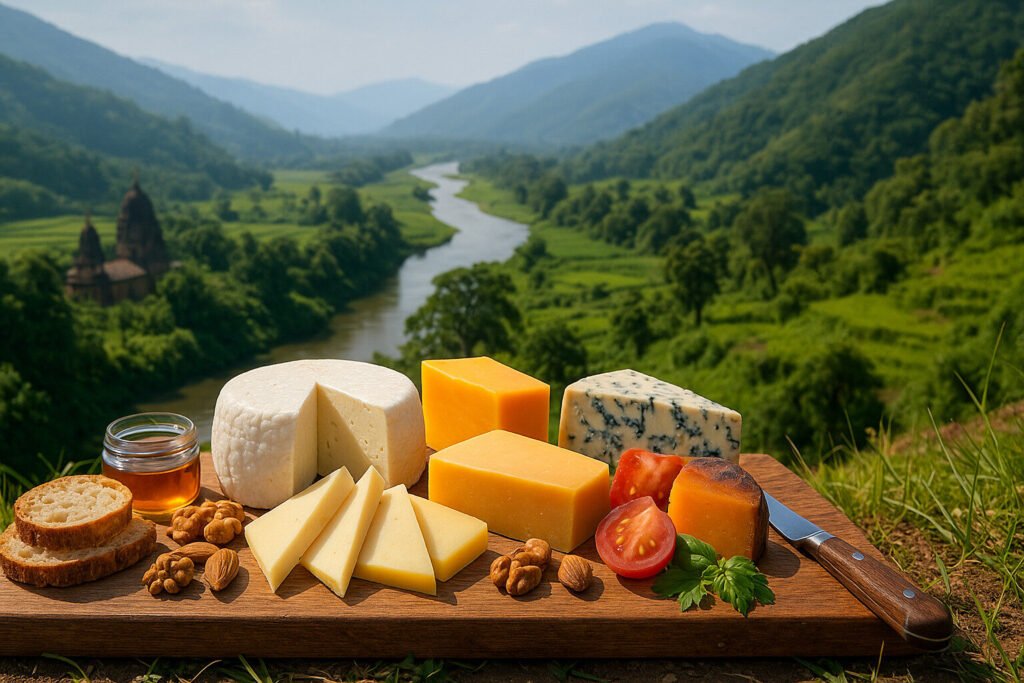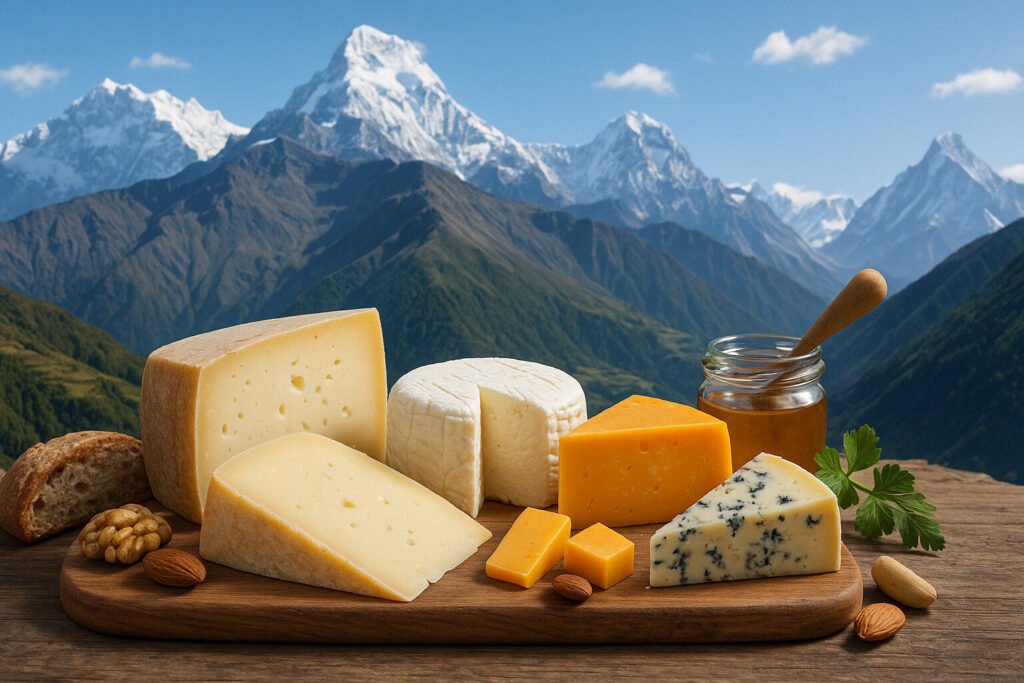Cheese Of Pakistan
Cheese in Pakistan
Pakistan’s cheese tradition is rooted in pastoral and agricultural practices, primarily featuring fresh, soft varieties. These cheeses are often made from buffalo or cow milk, reflecting the country’s dairy farming emphasis. Common examples include paneer and khoya, which are integral to local diets and food culture.
The scope of Pakistani cheese is largely defined by its use in cooking rather than aging. These cheeses typically lack rinds and are consumed shortly after production. Their simplicity and freshness make them staples in both everyday meals and festive dishes across the nation.
Production Methods
Traditional Pakistani cheese production relies on acid or heat coagulation rather than rennet. Paneer, for instance, is made by curdling hot milk with lemon juice or vinegar. The curds are then pressed to form a firm, sliceable block that holds its shape during cooking.
Many homemade cheeses skip aging entirely, focusing on immediate consumption. Techniques vary regionally, with some rural methods involving cloth draining and sun-drying. This approach yields moist, perishable products that highlight the milk’s natural flavor without complex fermentation.
Sensory Profile
Pakistani cheeses generally present mild, milky flavors with a subtle tang from acid coagulation. Their texture ranges from crumbly and moist, as in paneer, to dense and granular, like khoya. These cheeses absorb spices and seasonings well, making them versatile in seasoned dishes.
Aroma profiles are typically clean and lactic, lacking the pungency of aged cheeses. The mouthfeel is often soft and yielding, sometimes with a slight graininess. Freshness is paramount, as these cheeses are not intended to develop complex flavors over time.
Culinary Uses
Pakistani cheeses serve as key protein sources in vegetarian and meat-based recipes alike. Paneer features prominently in curries, grills, and snacks such as saag paneer and paneer tikka. Its ability to retain shape under heat makes it ideal for simmering and frying.
Khoya, a reduced-milk cheese, is essential in sweets like barfi and gulab jamun. These cheeses also appear in breakfast items, stuffed breads, and rice dishes. Their neutral taste acts as a canvas for the bold spices characteristic of Pakistani cuisine.
Regional Examples
Paneer is ubiquitous throughout Pakistan, with minor regional variations in texture and salt content. In Punjab, it is often made with buffalo milk for richer consistency. Homemade versions in northern areas may use cow milk and less pressing for a softer result.
Khoya is particularly associated with festive cooking in Sindh and Punjab. Some rural communities produce similar fresh cheeses under local names, using traditional vessels and techniques. These regional specialties remain largely artisanal, with limited industrial production.




